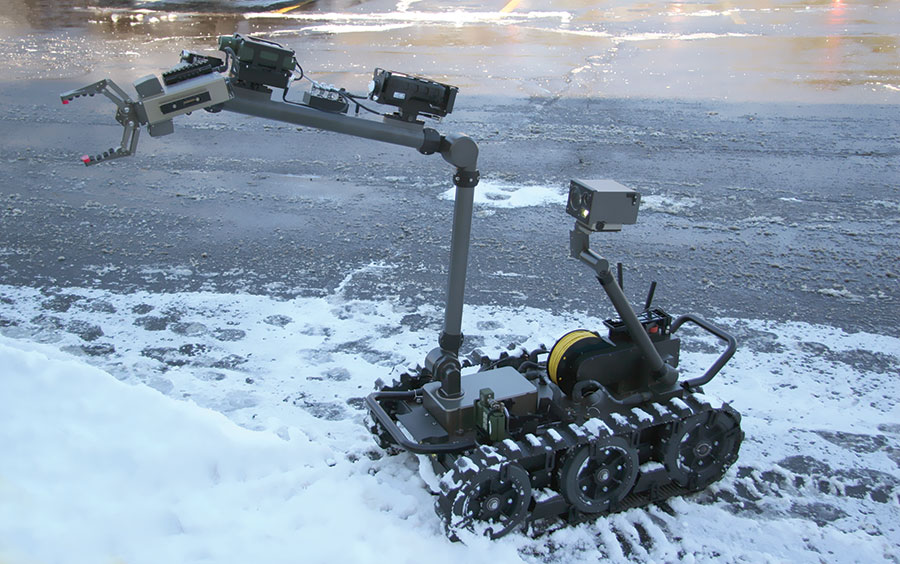This post is also available in:
 עברית (Hebrew)
עברית (Hebrew)
A new merger in the world of unmanned vehicles has created a tactical unmanned systems powerhouse. FLIR Systems was acquired by the imaging and industrial sensor giant Teledyne Technologies. The combined company will offer a wide range of unmanned vehicles (mostly small ones) for air, land, sea, and underwater.
FLIR brings to the table its expertise in unmanned airborne and ground systems, while Teledyne brings its capabilities in the world of unmanned underwater systems and surface vehicles. Both companies build a wide range of sensors, from FLIR’s namesake infrared to chemical-biological toxin detectors. “We are now a multi-domain unmanned and autonomous systems company, and in a way not many, if any, companies can rival, especially when we’re talking about small, tactical, fully deployed solutions … worldwide,” as Teledyne-FLIR exec Roger Wells told breakingdefense.com.
Teledyne builds a range of watergoing drones, both Unmanned Surface Vehicles (robot boats) and Unmanned Underwater Vehicles (mini-subs), with the largest being the SeaRaptor.
FLIR builds a host of small aerial drones and ground robots, from the tiny Black Hornet, which can take off from your hand to the Kobra. The US Army is buying thousands of Black Hornets for infantry squads and has officially picked the Kobra as its Common Robotic System – Heavy to replace existing bomb-squad bots.
Following the $8.2 billion acquisition, the current challenge is to get the FLIR and Teledyne products to share data, components, and key technologies. The combined company isn’t imposing a single common set of standards on all its projects – although many already use commercial open architectures. But it’s pushing for a new design philosophy it calls “advanced common software systems architectures,” so that everything is “interoperable and integratable out of the box,” not only with other Teledyne-FLIR products but with ongoing military programs such as the handheld ATAK and the IVAS goggles.


























